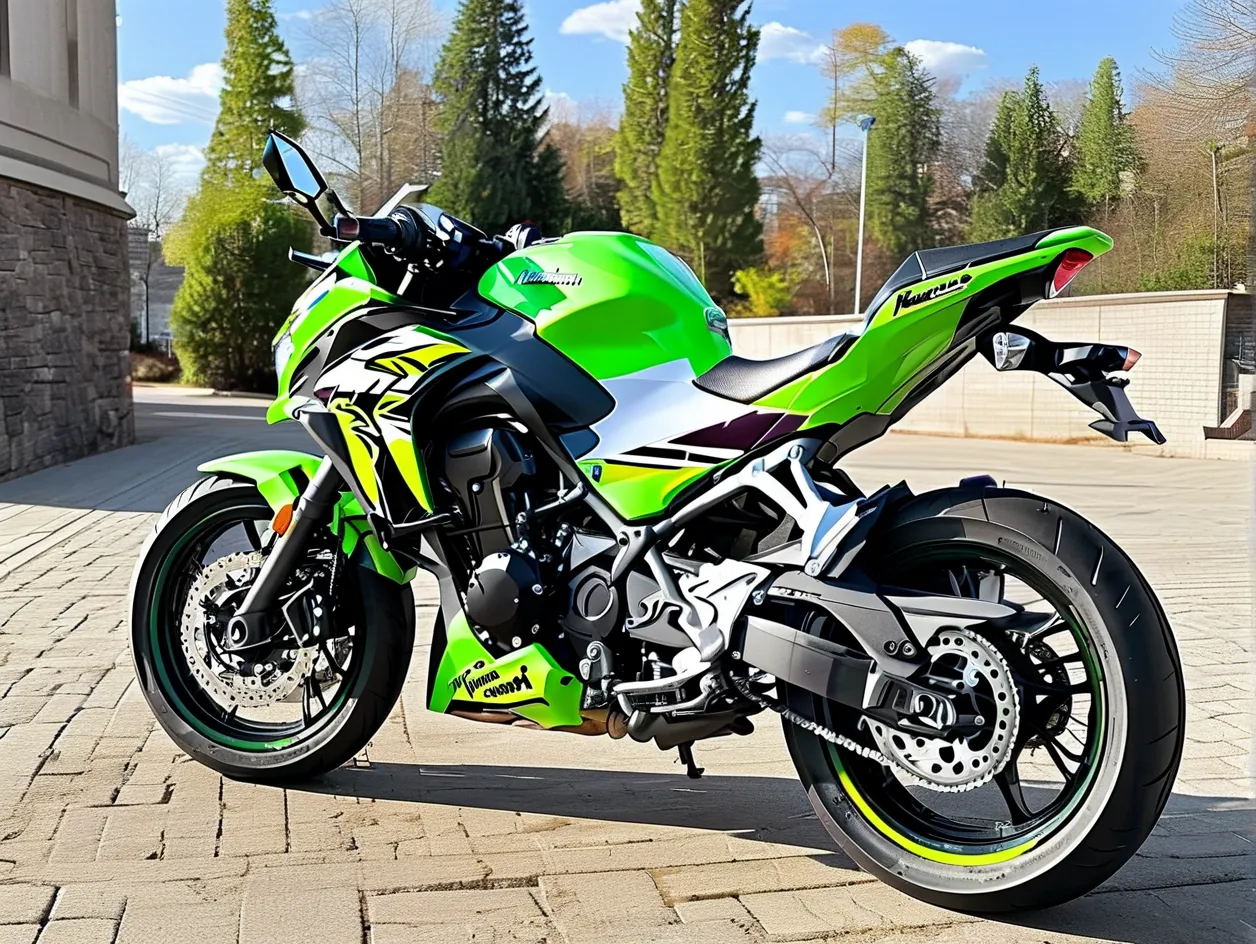Searching for a Kawasaki Ninja 400 that fits your budget without compromising quality requires strategic planning. As one of the most popular entry-level sport bikes, the Ninja 400 balances performance, agility, and affordability—but navigating the used motorcycle market demands careful evaluation. This guide cuts through the noise to deliver actionable strategies for locating well-maintained models at fair prices, whether you’re buying from dealerships or private sellers.
Understanding the Kawasaki Ninja 400 Market
Introduced in 2018, the Ninja 400 replaced the Ninja 300 as Kawasaki’s flagship lightweight sport bike. Its 399cc parallel-twin engine produces 45 HP and 28 lb-ft of torque, making it ideal for both city commuting and weekend rides. According to Motorcycle.com, the Ninja 400 retains approximately 70% of its value after three years, with used models typically ranging between $4,000 and $6,500 depending on mileage, condition, and location (as of 2023 data). New units start at $5,299 MSRP, but dealership fees often push this closer to $6,200.
Where to Find Affordable Listings
-
Certified Pre-Owned (CPO) Programs
Authorized Kawasaki dealers offer CPO bikes with extended warranties and rigorous inspections. While prices average 10-15% higher than private sales, you gain peace of mind through vehicle history reports and certified mechanical checks. -
Private Sellers
Platforms like Facebook Marketplace and Craigslist often list lower-priced options. Filter searches using keywords like “low-mileage Ninja 400” or “garage-kept” and prioritize sellers who provide maintenance records. -
Auction Sites
Copart and eBay Motors occasionally feature repossessed or insurance-salvage Ninja 400s. Exercise caution: inspect VINs via NICB to avoid stolen bikes and verify repair costs before bidding.
Key Factors Affecting Pricing
- Mileage: Bikes under 5,000 miles typically command $1,000+ premiums over high-mileage counterparts.
- Modifications: Aftermarket exhausts or ECU flashes may indicate aggressive riding—stick to stock configurations unless upgrades are professionally installed.
- Seasonality: Prices drop by 8-12% in late fall/winter as demand decreases (per RumbleOn sales data).
Inspection Checklist for Used Models
Always test ride during daylight and scrutinize:
1. Engine Health: Listen for knocking sounds at idle; check for oil leaks around the stator cover.
2. Chain/Sprocket Wear: Replace if teeth appear hooked or chain has >1.5” slack.
3. Frame/Forks: Look for welding marks or fork oil residue signaling past crashes.
4. Tire Age: DOT codes older than five years warrant immediate replacement ($250+/pair).
Negotiation Tactics
- Use NADA Guides to benchmark local pricing.
- Leverage minor flaws (e.g., worn grips, scratched fairings) to negotiate 5-10% discounts.
- For dealer purchases, ask about unadvertised incentives like waived freight fees or free first service.
Financing Options
Credit unions often offer lower APRs (as low as 3.99% for qualified buyers) compared to dealership financing. If paying cash, request a 5-7% discount—many sellers prefer quick sales over payment plans.
FAQ: Avoiding Common Pitfalls
Q: How do I verify ownership?
A: Request a title with matching VIN and seller ID. Run a lien check via Experian AutoCheck.
Q: Are older Ninja 300 parts compatible?
A: No—the 400 uses a distinct chassis and engine design. Confirm part availability at Partzilla before purchasing.
Q: What’s the insurance cost?
A: Expect $40-$80/month for full coverage, depending on age/location (source: Progressive Motorcycle Insurance quotes).
By combining market insights with hands-on verification, you’ll secure a Ninja 400 that delivers thrill-per-dollar value. Prioritize sellers who transparently address concerns, and never rush into a purchase—patience often reveals hidden gems in your local area.




Leave a Reply